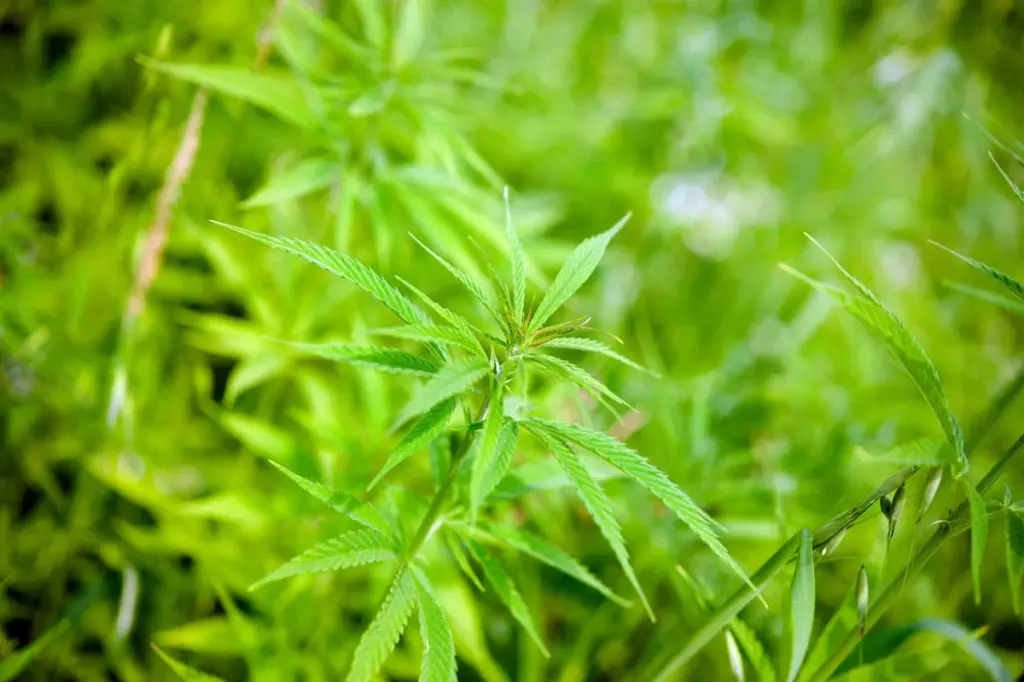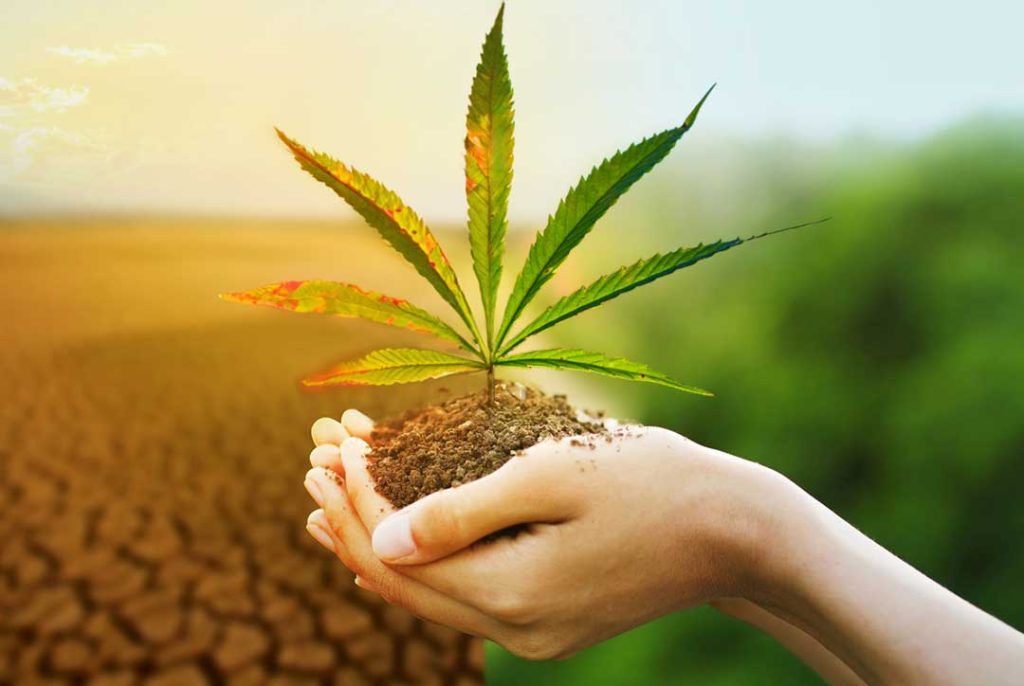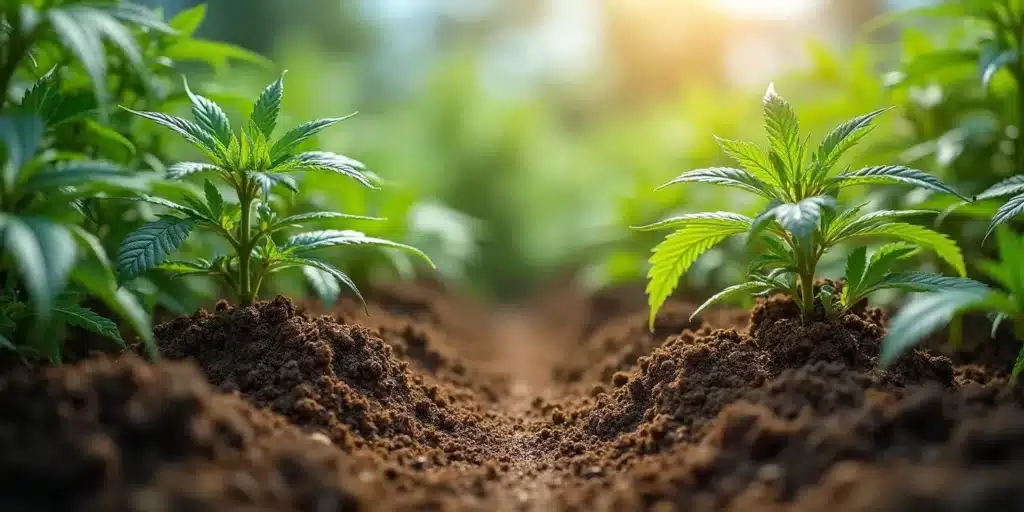Industrial hemp has gained renewed attention in 2025 not just for its economic versatility but also for its extraordinary environmental potential. As the urgency of climate action grows, hemp’s dual role in cleaning polluted soils and capturing carbon through sustainable materials is putting it at the center of agricultural and industrial innovation. With its rapid growth cycle, deep root system, and minimal need for pesticides or fertilizers, hemp is emerging as both a soil restorer and a climate ally. Its application in phytoremediation projects and carbon-sequestering composites is particularly noteworthy, making it one of the most promising crops for addressing environmental degradation and climate change simultaneously.
Phytoremediation: How Hemp Cleans Contaminated Soils

Phytoremediation refers to the use of plants to remove, stabilize, or neutralize contaminants in soil and water. Hemp’s deep roots can absorb heavy metals like lead, cadmium, and arsenic, as well as petroleum hydrocarbons and pesticides from contaminated lands. Once these substances are absorbed, they are stored in the plant tissues, preventing them from spreading into surrounding ecosystems. Notably, hemp was used after the Chernobyl nuclear disaster to help extract radioactive isotopes from the soil. In Australia, Europe, and parts of North America, hemp is now part of experimental phytoremediation projects targeting industrial wastelands and mining-affected regions. Because hemp grows quickly and can be harvested multiple times per year, it offers a fast, scalable way to rehabilitate land without intensive mechanical interventions.
Carbon Sequestration Through Hemp Cultivation
Hemp’s rapid growth rate and dense biomass make it highly effective at capturing carbon dioxide from the atmosphere. One hectare of hemp can sequester up to 15 tonnes of CO₂ annually, depending on growing conditions. Unlike many crops, hemp stores carbon not just in its biomass but also in the soil, thanks to its extensive root system that improves soil structure and locks carbon underground. This sequestration process continues after harvest when hemp is transformed into long-lasting products such as building materials or textiles, where the carbon remains trapped for decades. As governments and companies look for scalable carbon offset solutions, hemp cultivation offers a natural and profitable way to meet sustainability targets.
Hemp-Based Composites: A Carbon-Storing Construction Material
Beyond its role in cultivation, hemp’s environmental impact extends into the materials it produces. Hemp hurds (the woody core of the stalk) can be combined with lime to create “hempcrete,” a lightweight, insulating, and fire-resistant building material. Hempcrete not only stores the carbon captured during plant growth but also continues to absorb small amounts of CO₂ over its lifetime due to the carbonation of lime. This makes hemp-based composites a rare example of a construction material with a negative carbon footprint. Hemp fibers are also used in bioplastics, automotive panels, and furniture, replacing petroleum-based products with biodegradable, sustainable alternatives. These innovations position hemp as a frontrunner in the green building movement and the circular economy.
Minimal Chemical Requirements and Regenerative Agriculture
One of hemp’s most attractive environmental traits is its ability to thrive without large quantities of chemical inputs. Its dense foliage naturally suppresses weeds, reducing the need for herbicides, while its pest resistance means fewer insecticides are required. This reduces chemical runoff into waterways, which is a major source of ecological damage in conventional agriculture. Moreover, hemp’s root structure improves soil aeration and water retention, making it a valuable rotational crop for farmers practicing regenerative agriculture. By integrating hemp into crop rotations, soil health improves, erosion decreases, and biodiversity in the soil microbiome is restored — all of which enhance long-term land productivity.
Policy and Industry Momentum in 2025
Governments and private sectors worldwide are beginning to recognize hemp’s dual role in climate action and industrial innovation. In 2025, several countries, including Canada, Australia, and members of the European Union, have expanded subsidies and grants for hemp cultivation targeted at environmental restoration and green manufacturing. Large construction firms are investing in hemp-based composites to meet net-zero carbon building standards, while agricultural policymakers are funding pilot projects that use hemp for phytoremediation in contaminated agricultural zones. As the market for sustainable materials grows, hemp’s environmental services could become a key economic driver alongside its traditional uses in textiles, food, and wellness products.
The Future of Hemp as a Climate Ally

Looking ahead, hemp’s role as a climate hero is likely to expand as research, policy, and market forces align. Advanced breeding techniques are producing hemp varieties optimized for either phytoremediation efficiency or higher carbon sequestration rates. Additionally, blockchain-based supply chain tracking is emerging to certify the environmental impact of hemp products, giving consumers confidence in their sustainability claims. The combination of environmental benefits, economic opportunities, and technological innovation means hemp is poised to be not just a crop but a cornerstone of the global transition to a cleaner, more resilient future.
By harnessing hemp’s phytoremediation power and carbon-sequestering potential, industries and governments can address soil degradation and climate change in one integrated approach. In 2025, the conversation is no longer about whether hemp can help — it’s about how quickly the world can scale its adoption to maximize its impact.





Leave a Reply